Posted in: 05/22/2023
Brazilian biodiversity is the largest in the world, with more than 115 thousand species of animals and more than 46 thousand species of plants, which coexist in six biomes: Amazon, Caatinga, Cerrado, Atlantic Forest, Pampa and Pantanal .
However, more than 3 thousand species of animals and plants are threatened with extinction, according to the Brazilian Institute of Geography and Statistics (IBGE). The survey has data from 2014, that is, the data does not consider the last years of fires and deforestation and, therefore, the numbers can be even more alarming .
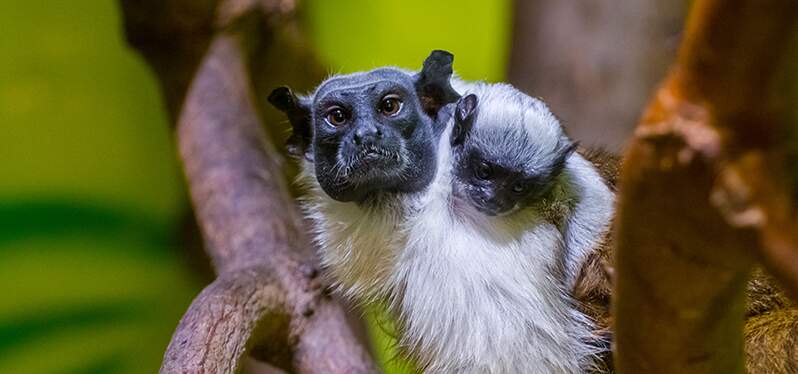
The Atlantic Forest is the biome with the highest number of threatened species , accounting for 25%, followed by the Cerrado with 19.7% of threatened species, the Caatinga with 18.2% and the Pampa with 14.5%.
The Amazon and the Pantanal have the lowest percentages of species considered threatened, 4.7% and 3.8%, respectively.
In order to promote the preservation of Brazilian biodiversity, initiatives by the Federal Government and associations seek to promote the repair and regeneration of biomes, such as the Mamirauá Institute – which operates in the Amazon through research, social development actions and management of natural resources , with the objective of conserving and contributing to the sustainable use of biodiversity.
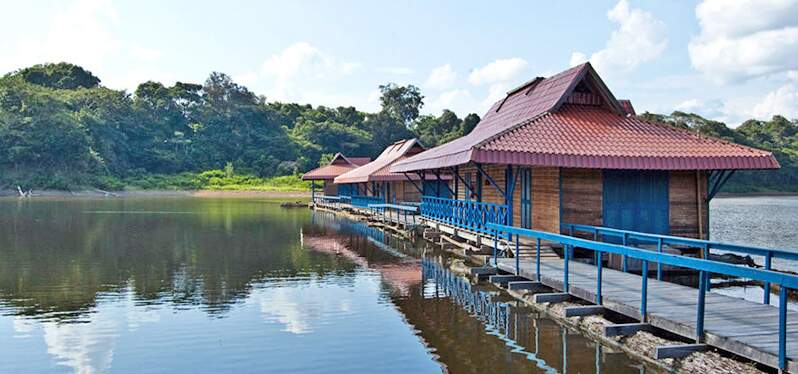
The Caatinga, which suffers from the threat of desertification , has the Caatinga Project , which aims to create Conservation Units in the only exclusively Brazilian biome. The project expands the protection of the Caatinga.
The Sustainable Cerrado Program promotes the recovery and restoration of the Cerrado. The initiative aims to repair damage caused by deforestation , livestock, monoculture, among other causes that generate the depletion of local resources .
The Atlantic Forest has already lost a large part of its original area , which is why the SOS Mata Atlântica Institute works to protect and recover local species through reforestation projects .
Another biome that has a repair project is the Pampa, RestauraPampa benefits families of small and medium-sized livestock farmers in the Environmental Protection Area (APA) , so that the fields are restored.
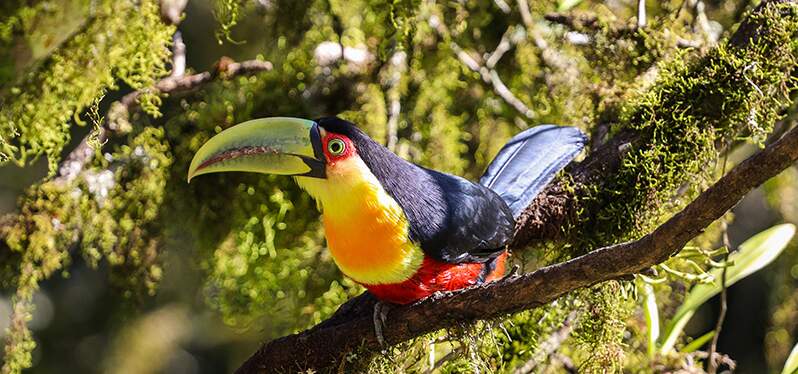
And to protect the fauna and flora of the Pantanal , the Instituto SOS Pantanal promotes the socio-environmental restoration of the biome in areas degraded by deforestation and fires.
During COP15 – Conference of the Parties on Biodiversity , which took place in December 2022, more than 190 countries signed an agreement to contain the degradation of biodiversity and natural resources, the Global Biodiversity Framework . The agreement proposes goals that encompass the restoration of ecosystems and the application of Nature-Based Solutions (SbN).
For the next COP, which will take place in 2024, the countries will present proposals for integration between industry sectors to repair the world’s biodiversity and will define strategies to put the agreement into practice.
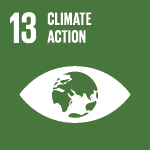
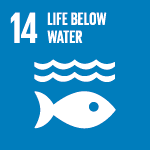
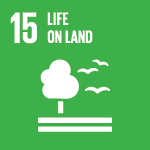
Sign up and receive our news.